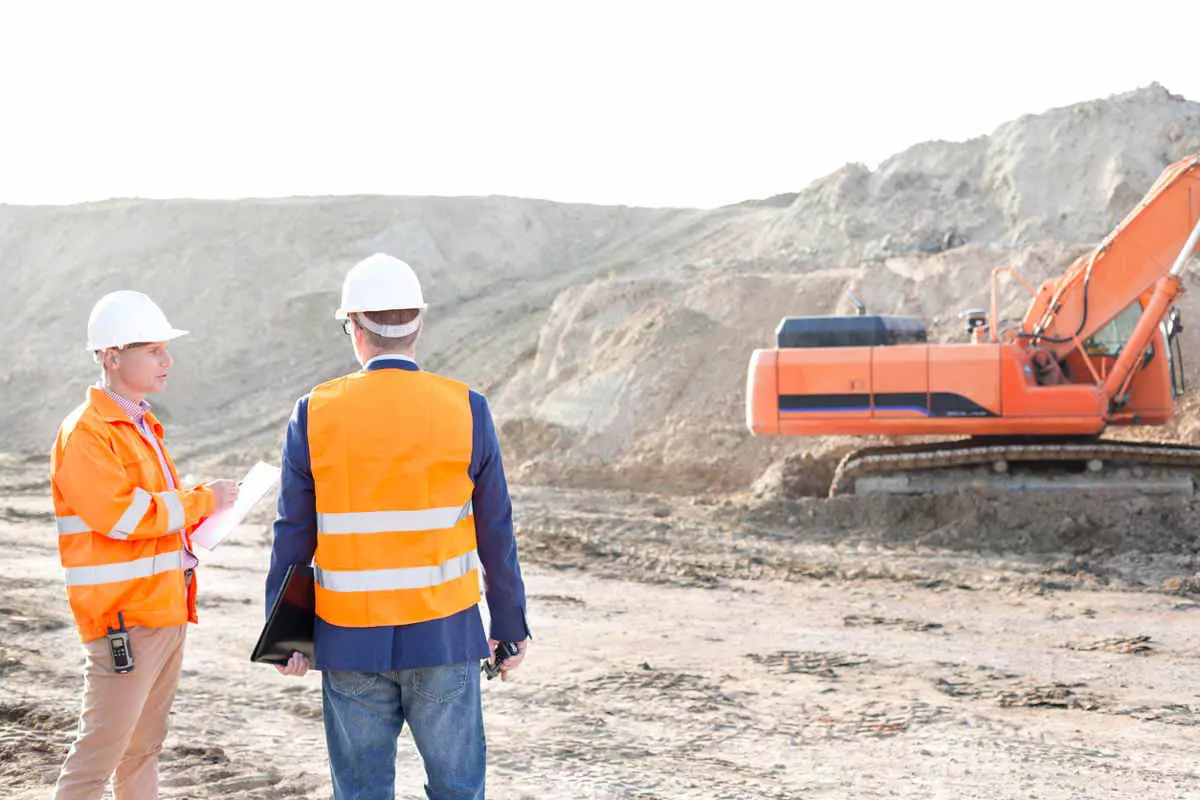Only someone who understands the complexity and hazards of cave-in accidents can help to keep everyone at the worksite safe!

Trenching is one of the most hazardous practices in the construction industry. When a structures’ integrity is compromised and needs to be repaired, or a building is being constructed and needs to have safety guards in check to keep the walls from collapsing, trenching is the practice that helps keep everyone safe. But trenching is only safe if done properly. Cave-ins are common in the construction industry. They can be highly destructive to the construction site and to the trench workers.
What are the common reasons that trenches cave in?
Soil is held up is by the force placed upon it by the soil next to it. This means that when trenches are dug, the soil that was holding up the surrounding walls of the trench can be compromised, and there is no force placed on it to hold it up. That leaves a vertical wall of soil with no opposing force to keep it upright or to lend it support. That is why some trenches fail to stand and can lead to cave-ins.
Protective systems and methods for excavated soils
The Occupational Safety and Hazards Administration is the government agency tasked with protecting trenching workers. OSHA employees work at the state level, and their purpose is to protect workers from serious construction site injuries. OSHA’s rules state that a trench must be dug a minimum of five feet into the soil to prevent the risk of a cave-in.
They also require that employees be trained about the importance of the protective measures set in place by OSHA — not just to the job site, but to their safety. The safety systems that are commonly employed are:
- Benching or sloping of the soil – One of the simplest methods to protect trenching workers, benching is when the walls of the excavation are either sloped or benched, depending on the type of soil in place at the site. As the soil and its stability are reduced, so is the angle at which the trench is sloped. If conditions are not safe for benching or sloping due to the soil conditions, shoring or shielding must be used.
- Shoring – Shoring is a system that provides lateral support to oppose the force of the wall to prevent it from collapsing. It involves either timber or metal uprights through sheet piling or other accepted methods. As shoring is used to protect larger worksite areas, crews can typically work inside or next to the excavated site without fear of a cave-in accident.
- Shielding – Unlike shoring, shielding isn’t a system used to prevent a cave-in of trench walls, it is used to protect employees from having specific areas of the trenching site cave in on workers. Most commonly called “trench boxing,” it is designed specifically for workers’ protection and can be moved around the trenching site.
The type of system that is most effective to prevent cave-in accidents in any trenching worksite depends on many factors. Only someone who understands the complexity and hazards of cave-in accidents can help to keep everyone at the worksite safe and to keep your construction site working efficiently and safely for everyone.
Luby Shoring Services
When it comes to excavating projects, rely on Luby Shoring Services’ expertise. We will help you complete any job quickly, while meeting OSHA safety regulations. We have a wide range of options available for fast delivery, and our team will provide options for the correct equipment to use with your job.
Our team will pair your job with the right trench shields and shoring products. Call us today at (636) 660-7487 or fill out our online contact form.
